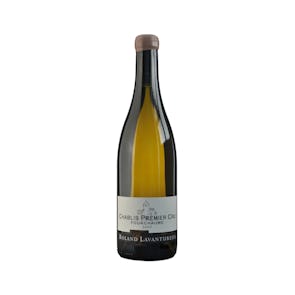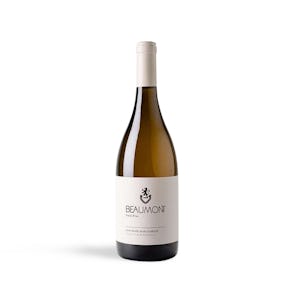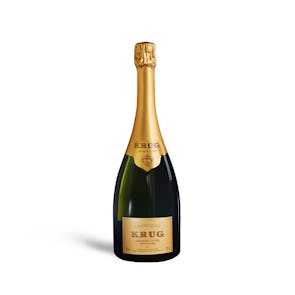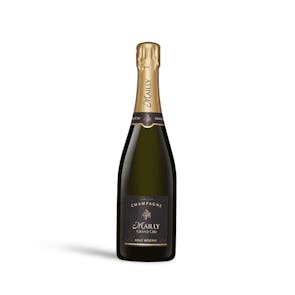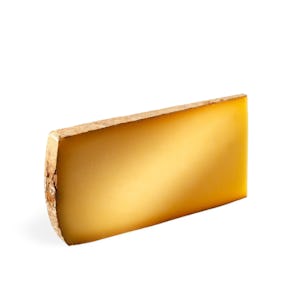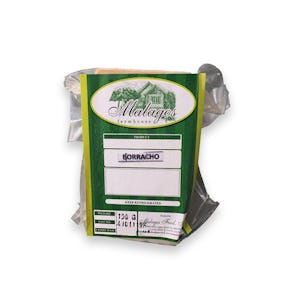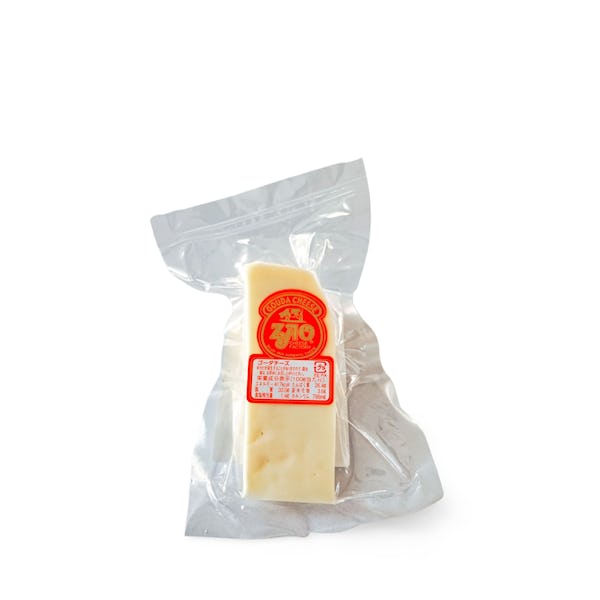
Zao Gouda Cheese
Creamy umami cheese
TASTING NOTES FROM THE CURATOR
The fresh milk from Mt. Zao comes from healthy cows that graze on its pastures, and drink the pure waters of its springs. Zao Gouda Cheese has a light-yellow color, and a mellow aroma. It has a soft texture, and is easy and pleasant to eat. It’s creamy and refreshing on the outset, and as it ages, attains a more umami quality. It has nutty, caramelly notes of flavor that make it distinctly Gouda.
PREPARATION AND PAIRINGS
Gouda is a great table cheese, and will be great as a snack. Place a slice on a cracker, and add a dollop of orange or apricot jam. Or pair it with fresh fruit, like slices of apple and pear. Dried fruit also works, like dried cherries and apricots. You can also use it as an ingredient in sandwiches and pastas.
AT THE FOOT OF MT. ZAO
Zao dairy center is located at the foot of Mt. Zao in the Nanokahara highlands in the Miyagi Prefecture. It was transferred here from Kanagawa in 1964 to better become a full-scale farm. The stunning site, which is roughly 20 times the size of Tokyo Dome, is surrounded by gorgeous scenery and blessed with pure water and air, as well as favorable climate and soil. Their cheeses are made from fresh raw milk from healthy cows that graze at the foot of Mt. Zao, and are popular for their excellent quality.
In the Zao dairy center, lactic acid bacteria and yeast both play a role in the production of cheese, but their functions vary slightly depending on temperature and time. Cheeses made at the Zao cheese plant use advanced procedures and techniques that keep to tradition, and value Japanese heritage.
Storage Instructions
Cheeses (except brined ones in jars) should be stored in the crisper or the butter drawer of a refrigerator, not on the shelves themselves. This is to help regulate their temperature and humidity levels—and prevents the formation of mold. Once opened, they should not be kept in their original packaging. Semi-hard cheeses (including blues) should ideally be wrapped in cheese paper after opening. An alternative is to wrap them tightly in parchment paper to allow them to breathe, then loosely in aluminum foil to keep moisture out. Don’t forget to write up a label with the date you first opened the package. Replace the parchment paper every time you open the cheese. Kindly pay attention to the best before date label when you receive your cheese. Consume prior to date indicated.



